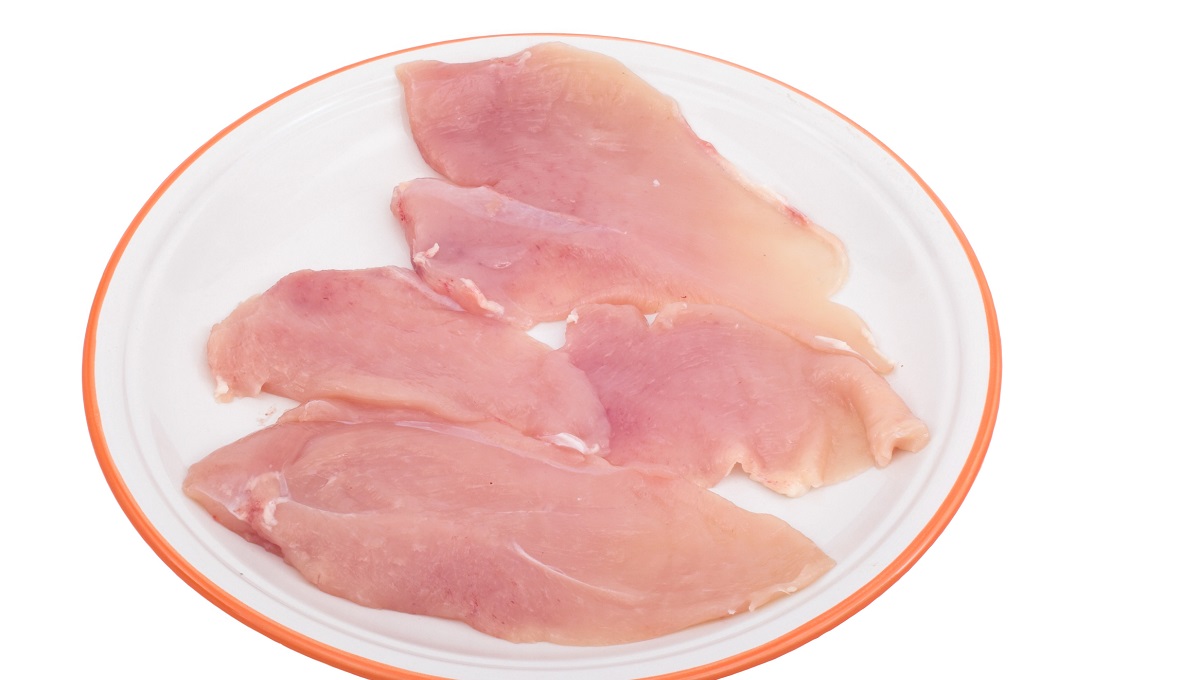Sweden has recorded an increase in Campylobacter patients with contaminated chicken suspected to be driving the problem.
In recent weeks, there has been a rise in people with Campylobacter infections. The spike in cases in late June and early July came after an increase in Campylobacter in broiler flocks. Broilers are chickens raised for their meat.
Officials from Folkhälsomyndigheten (the Public Health Agency of Sweden) said the annual summer increase seems to have started quite suddenly and a little bit earlier than usual.
Data from the National Veterinary Institute (SVA) shows it was preceded by several larger Campylobacter positive broiler flocks.
Sick people live throughout the country and infections have been recorded across age groups.
The average is about 20 reported non-travel associated cases per day and rising. This can be compared to a peak with about 25 to 30 cases per day that has usually occurred in early August in previous years.
The number of domestically infected people and cases with unknown country of infection increased from about 70 per week during most of June to 100 two weeks ago and more than 140 last week.
Fresh chicken meat suspected as main source
Previous studies have shown a connection between Campylobacter infection and consumption of fresh chicken, where about a third of those who have contracted the disease have been linked to chicken.
Campylobacter infection in humans is more common in summer, as is its presence in broiler flocks.
A total of 5,165 cases of campylobacteriosis were reported in 2022 and 57 percent of these were domestic. This is up on more than 4,000 cases in 2021. For domestic infections in 2022, the median age was 51 with a range of 0 to 101.
National and local authorities took 64 samples from different types of food in 2022 but did not find Campylobacter. Food businesses at seven abattoirs collected 1,046 pooled neck skin samples based on EU regulation. Test results at all abattoirs were satisfactory according to the legislation, and only 18 exceeded the limit of 1,000 CFU/g.
Good hygiene when handling raw chicken reduces the risk of becoming infected. Advice includes washing hands before starting to cook, and immediately after handling raw meat and chicken.
Raw chicken meat and other foods should be kept apart, especially ready-to-eat items such as salads. Cutting boards and kitchen utensils also need to be washed thoroughly after cutting meat and chicken.
(To sign up for a free subscription to Food Safety News, click here.)

